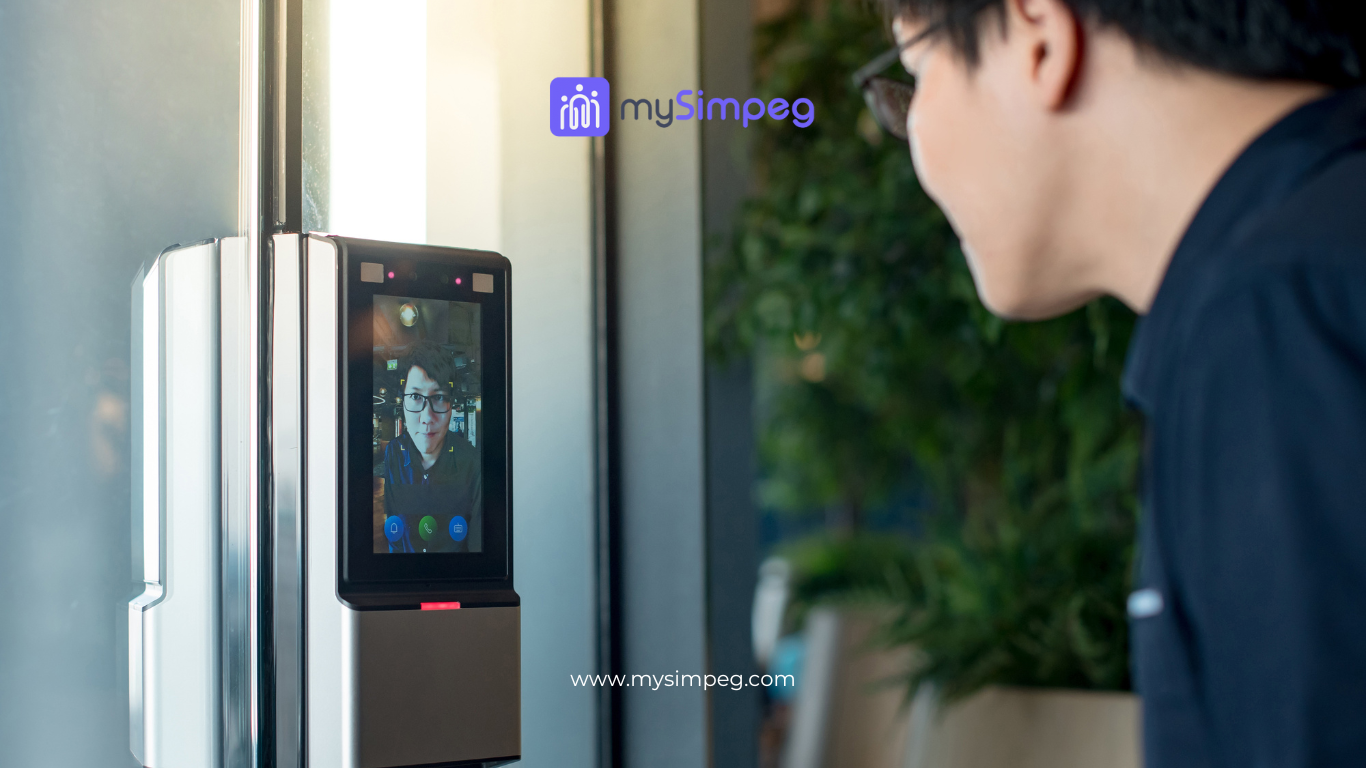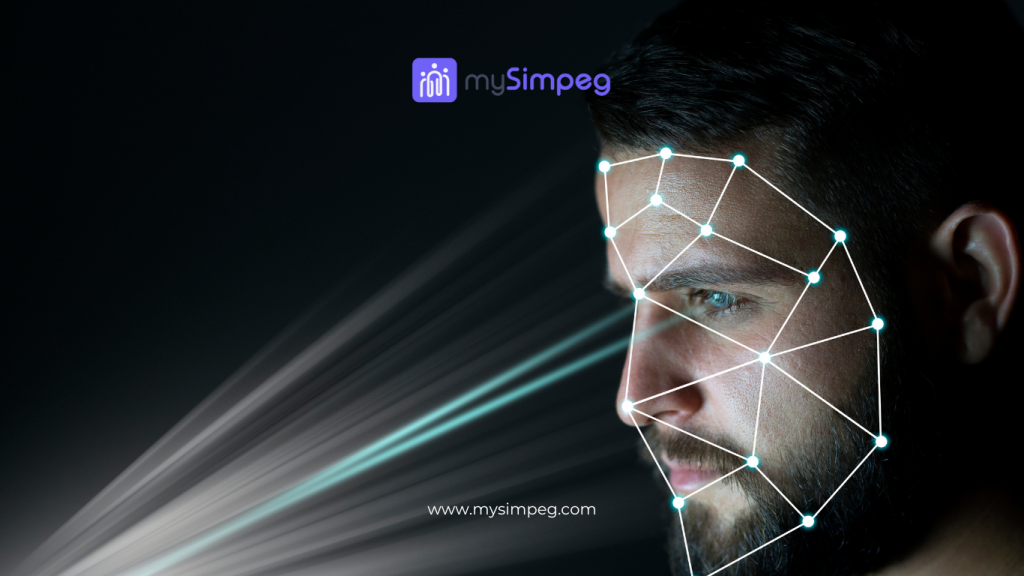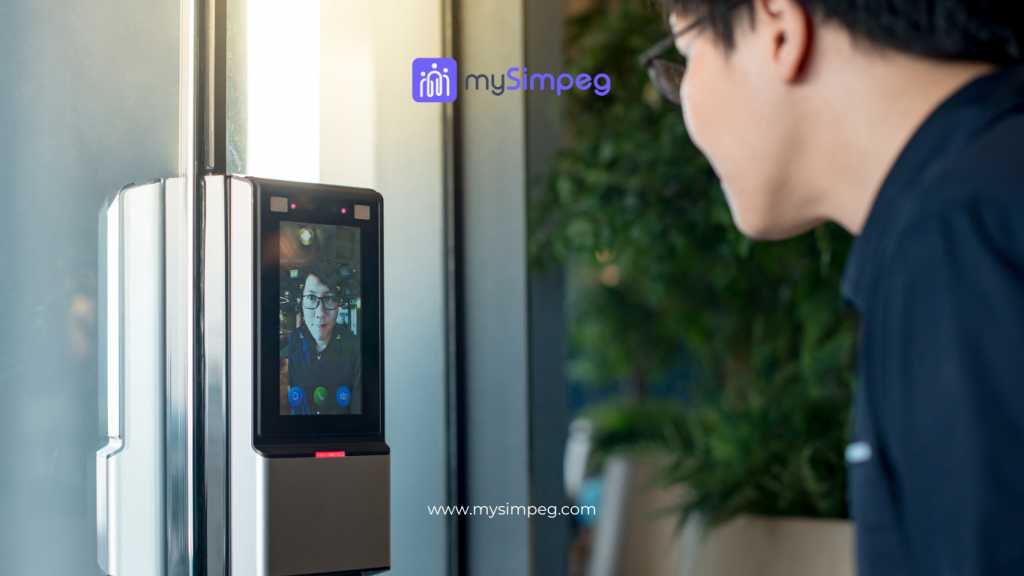Phone:
(701)814-6992
Physical address:
6296 Donnelly Plaza
Ratkeville, Bahamas.

In this fast-paced digital era, technology has played an essential role in various aspects of daily life, including managing employee attendance at the workplace. One of the increasingly popular technological innovations is the use of facial recognition and location technology. This technology not only enhances security but also simplifies the employee attendance management process. This article will discuss how leveraging facial recognition and location technology can make employee attendance systems more organized and efficient.

Read More: Enhancing Office Security: MySimpeg Face Recognition & Geo-Location Presence Application
1.1 Facial Recognition Technology
Facial recognition technology is a biometric system that can identify or verify a person’s identity based on their facial features. This technology uses advanced algorithms to analyze and map facial patterns, such as the distance between the eyes, nose shape, and cheekbone structure. With advancements in artificial intelligence and machine learning, these systems are now highly accurate and can operate quickly in various lighting conditions.
1.2 Location Technology
Location technology, on the other hand, uses GPS devices, Wi-Fi, or cellular-based technology to determine a person’s physical location. In the context of employee attendance, this technology can ensure that employees are at the designated location before recording their attendance. This is useful in preventing fraud, such as clocking in for colleagues from a remote location.

Read More: Advanced and Efficient: MySimpeg Face Recognition & Geo-Location in Attendance Management
2.1 High Accuracy
One of the main advantages of facial recognition technology is its accuracy. This system can identify employees very precisely, reducing the likelihood of errors often found in manual systems. With facial recognition, companies can ensure that each attendance is recorded correctly, reducing the potential for fraud or administrative errors.
2.2 Preventing Attendance Fraud
Location technology can help prevent attendance fraud, such as virtual attendance or friends clocking in for each other. By ensuring that employees can only clock in from designated locations, companies can reduce the risk of abuse in the attendance system.
2.3 Time Efficiency
The use of this technology can save administrative time. The automated facial recognition system requires very little time to record attendance, compared to manual systems that may require more interaction from administrative staff. Additionally, location technology can automate the attendance tracking process, reducing the need for manual input.
2.4 Better User Experience
Facial recognition technology provides a better user experience compared to traditional methods, such as ID cards or signatures. The fast and contactless process makes it more convenient for employees. It also reduces the likelihood of queues at entrances or waiting times to record attendance.

Read More: Transforming Employee Attendance: Understanding the MySimpeg Face Recognition & Geo-Location App
3.1 Choosing the Right System
When choosing a facial recognition and location system, it’s important to consider several factors, such as accuracy, security, and cost. Ensure that the selected system has features that match your company’s needs and can integrate with existing systems.
3.2 Integration with Existing Systems
Integrating facial recognition and location systems with existing attendance management software will enhance efficiency. This allows attendance data to be sent directly to payroll and analytics systems, reducing the need for manual data entry.
3.3 Training and Support
Ensure that employees receive adequate training to use the new system. Good technical support is also crucial to address any issues that may arise during the initial use. This will help ensure a smooth transition and minimize disruptions in daily operations.
3.4 Privacy and Security Considerations
It’s crucial to consider data privacy and security when using facial recognition technology. Ensure that the system used complies with data protection regulations and has adequate security features to protect employees’ personal information.

Read More: Benefits of Location Technology in Employee Attendance with MySimpeg App
4.1 Technological Challenges
Facial recognition and location technology can face several challenges, such as changes in lighting or employees’ physical appearance. The system must be designed to handle these variations and still provide high accuracy in various conditions.
4.2 Solutions for Challenges
To address these challenges, choose a system with advanced machine learning technology that can adapt to environmental changes. Additionally, the system should come with regular maintenance and updates to ensure optimal performance.

Read More: Enhancing Office Security: MySimpeg Face Recognition & Geo-Location Presence Application
5.1 Company A: Success and Efficiency Improvement
Company A, which implemented facial recognition and location technology, reported an increase in efficiency in managing attendance. The new system reduced the time needed to record attendance and improved data accuracy.
5.2 Company B: Challenges and Solutions
Company B faced some initial challenges in system integration, but after additional training and system adjustments, they managed to overcome these issues and experienced the benefits of better attendance management.
Facial recognition and location technology offer efficient and accurate solutions for managing employee attendance. By integrating this technology, companies can improve accuracy, prevent fraud, and save administrative time. Although there are challenges to overcome, the benefits provided far outweigh the potential drawbacks. Proper implementation and attention to data privacy and security will ensure that this technology can deliver optimal results and improve attendance management in the workplace.
